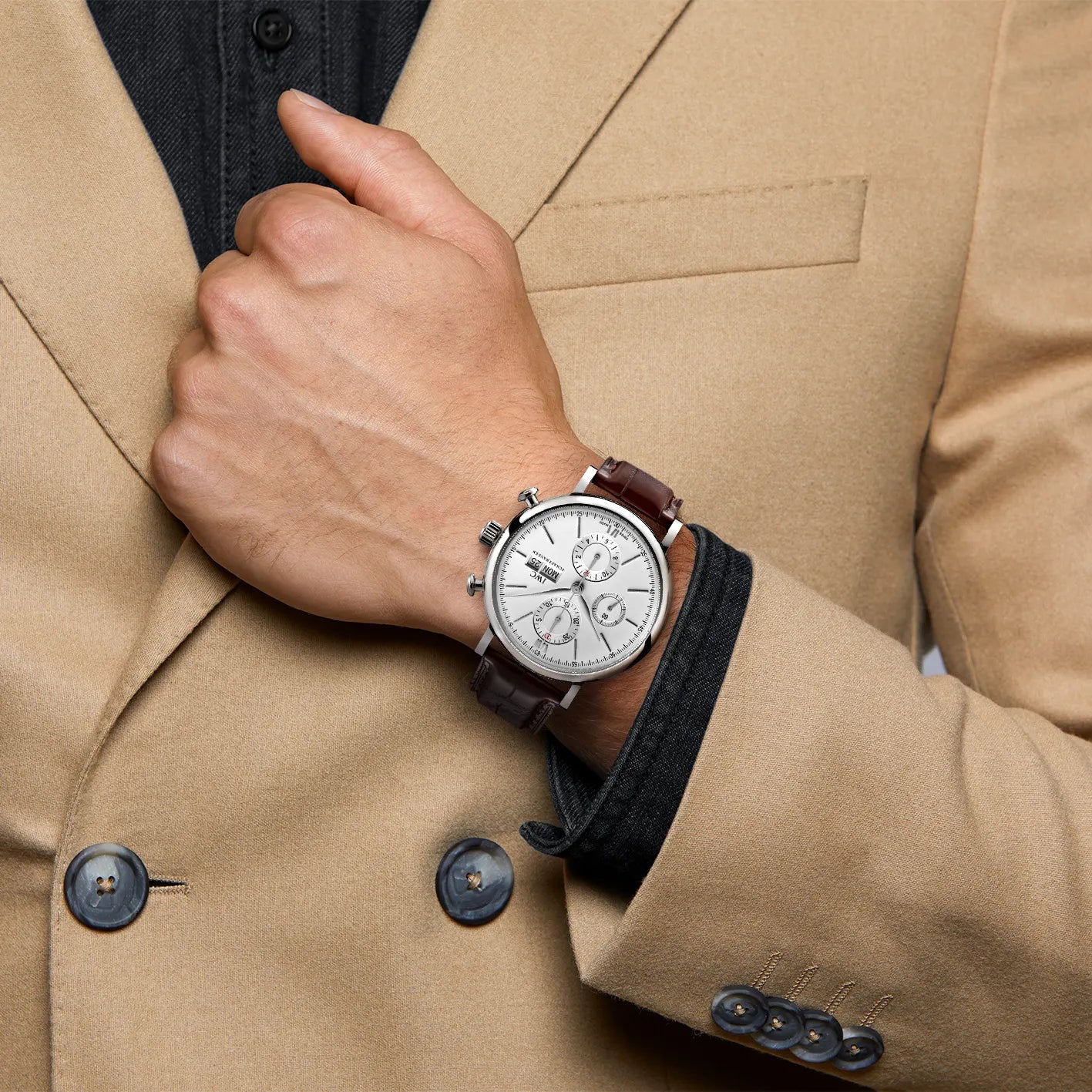The primary job of a watch is to keep time and they all do it a bit differently.
Mechanical: Mechanical watches are the ones you wind. Inside the watch is a spring almost a foot long. As you wind it, the spring tightens then slowly unwinds at a consistent rate. The second hand on mechanical watches has a smooth, quiet sweep around the dial. For watch aficionados, this is the top shelf. It’s steeped in tradition and elegance. Some find the need to wind the watch tedious, and these timepieces are not the most accurate.
Automatic: Sometimes called “self-winding,” automatic watches are closely related to mechanical. Instead of winding these watches, the watch winds itself as you move throughout the day through a series of internal weights and balances. These watches also have great appreciation because of the intricate craftsmanship that goes into them. Like mechanical watches, they are also susceptible to the environment and require regular maintenance to stay accurate.
Quartz: If it’s not mechanical or automatic, your watch will likely be powered by a battery and keeping time thanks to a small quartz crystal inside. Quartz happens to vibrate at a very precise rate when a small amount of electricity is put through it. By measuring those vibrations, quartz watches keep very accurate time and are often more inexpensive than the other two options. Quartz watches come with the familiar “tick-tick-tick” of the second hand and don’t have the allure of the craftsmanship of mechanical or automatic.




